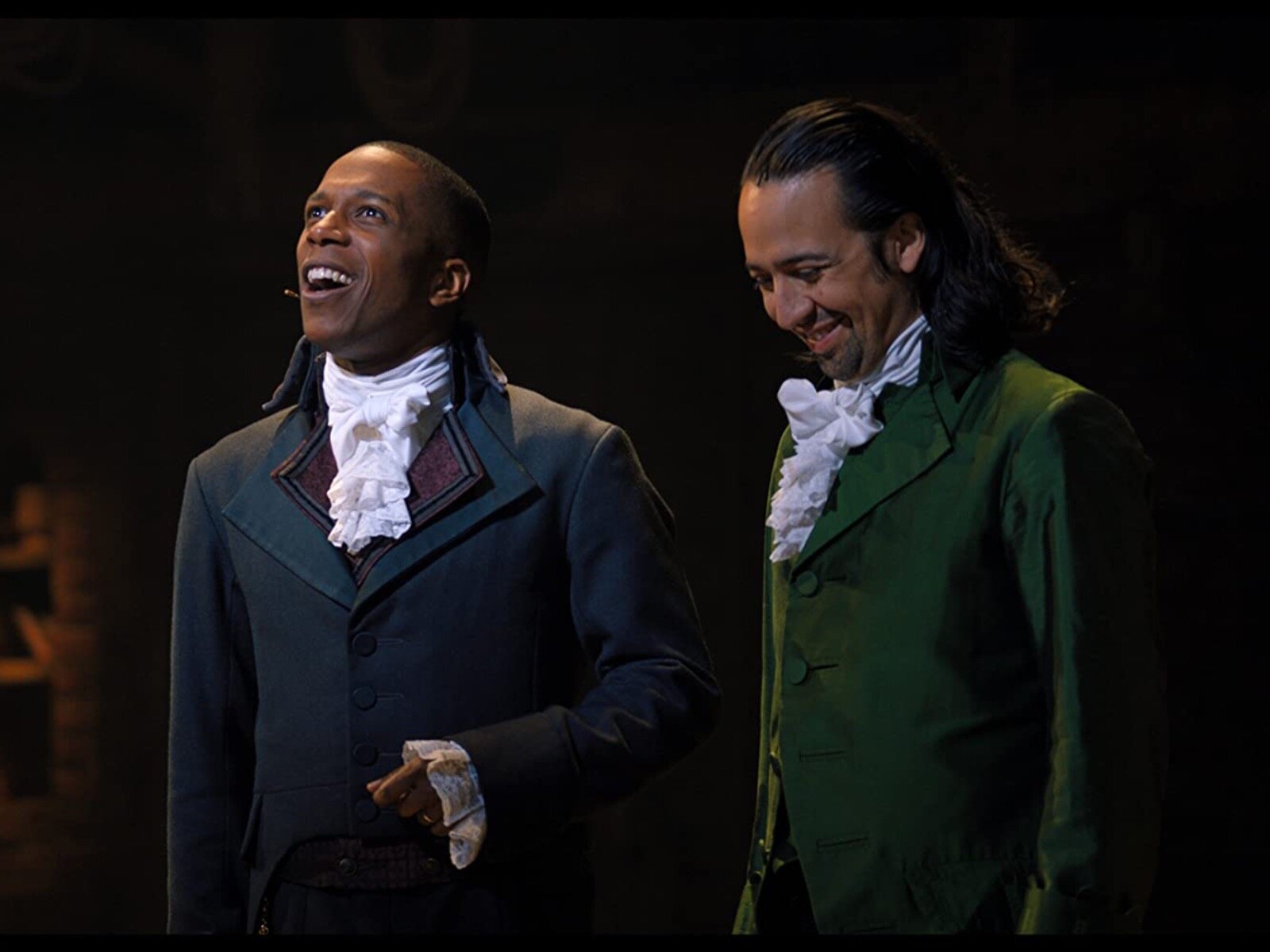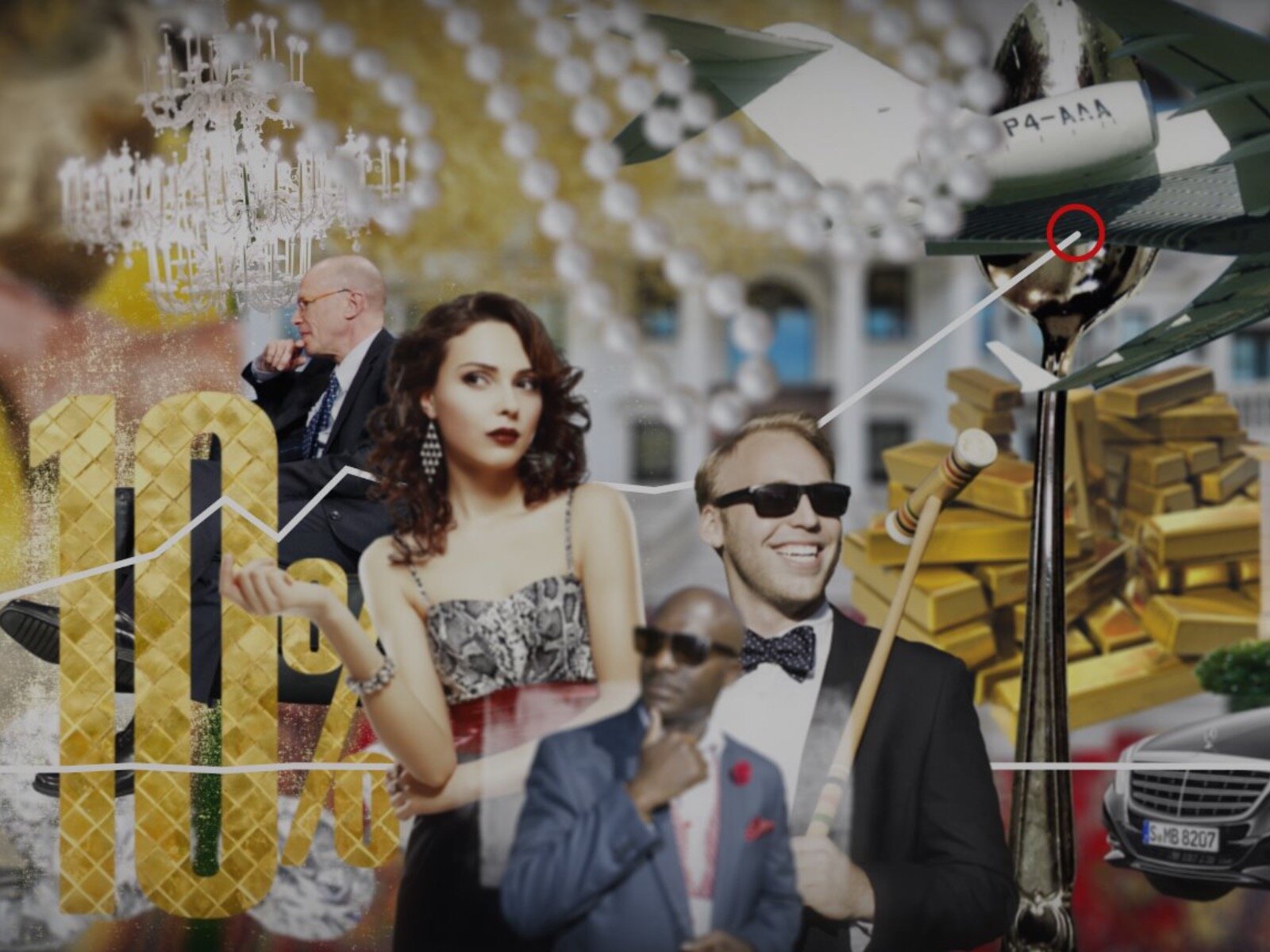A big company pesters a financially down-on-her-luck woman for something she created that’s deeply dear to her. Most stories would have you on the side of the woman having to part ways and give up her creation, but not Disney’s "Saving Mr. Banks." No, Disney turns the woman into the villain and the company into the hero … namely because the company in the situation is, in fact, Disney.
It may not be fair to strip down a film’s story to such a basic level. Then again, it’s hard not to be cynical toward "Saving Mr. Banks," Disney’s two-hour cinematic high-five, congratulating itself not only for making "Mary Poppins," but for also warming the heart of a cold, frigid harpy in the process.
The movie shoves Emma Thompson into the lead role of "Mary Poppins" author Pamela "P.L." Travers, who’s coming to Hollywood to negotiate giving the rights to her beloved story over to Walt Disney. Thompson, one of the most reliable actresses working, does her best to at least bring some snap and life to the character, but as written by co-writers Kelly Marcel and Sue Smith, it’s an exhausting and thankless role.
Put bluntly, Travers is written as a shrew, an icy, snippy and overall unpleasant woman who finds no joy in anything and has no want for polite, civil interaction. She’s rude and short to those simply wanting to talk – mainly her warm-hearted driver Ralph (Paul Giamatti, a bit of a different role from his brief appearance in "12 Years a Slave") – and constantly corrects and nitpicks those around her. On her flight from London to California, she flatly asks a mother on board if her child will be a nuisance. I’m assuming there will be a deleted scene on the DVD where she tells a crowd of children there is no Santa Claus or burns down a puppy farm.
The message is simple: Just you wait until Walt Disney shows up and eventually warms this mean lady’s heart. And he does show up, accompanied by a little jaunty bump in the score and played with glowing warmth by Tom Hanks (as though Disney would allow him to be played any differently). He’s an effortless charmer, and even Disney’s chain-smoking ways are turned into an opportunity for Disney himself to warn people about the dangers of smoking.
Eventually, even Disney becomes tired of Travers’ unpleasant manner. She loathes the idea of going to Disneyland, and when it comes to first script read-through with the rest of the creative team (Bradley Whitford plays writer Don DaGradi, Jason Schwartzman and a limping B.J. Novak play the film’s songwriters), she insists that nothing is right. The sets are wrong, the casting is wrong, their sense of joy and wonderment is wrong, and certainly the idea of music and animation, no matter how little, is wrong. And while Disney tries to be accommodating, Travers refuses to budge.
Somewhere in "Saving Mr. Banks" is an interesting and actually inspiring movie about the creative process, about the complicated relationship between reality, art and commerce, and about having to share one’s art with another person, whether it be an audience or an adapter. It’s there on the edges.
That movie, however, barely gets a chance to squeak through because "Saving Mr. Banks" is so overwhelmingly in Disney’s favor. The audience is already partial to Disney since they know how cheerful and magical the final product turned out. The movie further stacks the deck against Travers by turning her into a joyless, grating highbrow nag, holding back any of the creative process with her close-mindedness and dismissive rudeness. Psht, the movie says, she just doesn’t get how wonderful it’s going to turn out.
Of course, she doesn’t actually know that; she's merely protecting her creation. The script, however, doesn’t allow for that much sympathy and understanding. Instead, it’d rather condescendingly mock her for not knowing how moviemaking works. And she’s telling Walt Disney what to do? Scoff.
The script does try to get into Travers’ mind and explain why she’s so protective of her story: It has to do with her childhood in the Australian boonies with her sad father (played by Colin Farrell), whose disappointing life as a dull banker drives him to drink. However, it’s done with a clumsy, trite and uninspired flashback structure.
It’s also quite unnecessarily sluggish. Instead of revealing the meaning and connection near the beginning, helping the audience understand the author’s defensive devotion to her version of Mary Poppins, they roll it out slowly, making her an infuriatingly cold and impenetrable enigma. It slants the audience more with Disney, and by the time the secret is revealed, her tiresome bitter demeanor has likely worn many audiences out.
Oh well, Walt Disney got to make "Mary Poppins" anyways, and he got to make it pretty much exactly how he wanted, Travers’ requests be damned. And now, several decades later, they’ve made a movie celebrating how he got to make "Mary Poppins" pretty much exactly how he wanted, bathed in generically cloying sentimental saccharine by director John Lee Hancock (previously behind "The Blind Side," which also mistreated its real main character – Michael Oher – by turning him into a mute spectator in his own story) to emphasize the wonders that Disney magic accomplished. Disney even gets to take credit for opening a crabby lady’s mind back up to imagination and joy again, thanks to his psychological insight and unflappable kindness.
The overqualified cast almost manages to humanize and enliven "Saving Mr. Banks," but this isn’t a movie. It’s a victory lap. The only way it could have been more condescending and self-congratulatory would be to the end the movie with a title card saying, "We told you so, Pam."
As much as it is a gigantic cliché to say that one has always had a passion for film, Matt Mueller has always had a passion for film. Whether it was bringing in the latest movie reviews for his first grade show-and-tell or writing film reviews for the St. Norbert College Times as a high school student, Matt is way too obsessed with movies for his own good.
When he's not writing about the latest blockbuster or talking much too glowingly about "Piranha 3D," Matt can probably be found watching literally any sport (minus cricket) or working at - get this - a local movie theater. Or watching a movie. Yeah, he's probably watching a movie.







